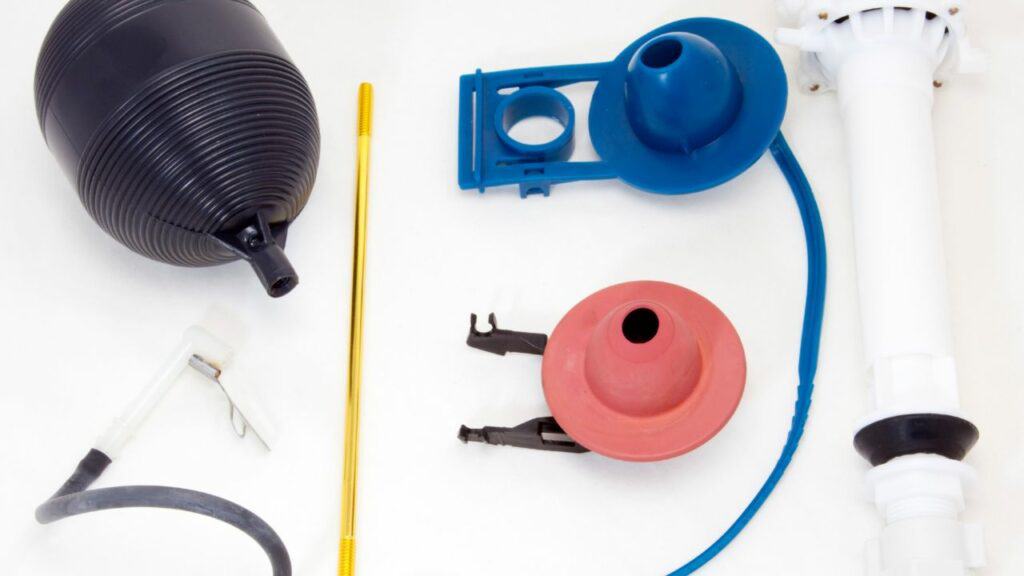To wash bathroom rugs, there are a few steps you should follow to ensure they are properly cleaned and maintained:
- Check the rug's label for care instructions. This will give you specific guidance on how to wash the rug without damaging it.
- Shake off any loose dirt and debris from the rug before washing. This will help to remove any surface dirt and make the washing process more effective.
- Pre-treat any stains on the rug before washing. This can be done by using a stain remover or a mixture of water and mild detergent. Gently scrub the stained area to loosen the stain before proceeding with the washing process.
- Use a mild detergent when washing the rug. Harsh chemicals can damage the fibers of the rug and affect its appearance and lifespan. Make sure to use the recommended amount of detergent for the size of the load.
- Set the washing machine to a gentle cycle with cold water. This will minimize the risk of damaging the rug. Avoid using hot water as it can cause the colors to fade or the rug to shrink.
- After washing, remove the rug carefully from the washing machine. Take care not to pull or stretch the rug as this can cause it to lose its shape.
- If necessary, reshape the rug while it is still damp. You can do this by gently stretching and smoothing out any wrinkles or misshapen areas.
- Hang the rug to dry in a well-ventilated area. Avoid direct sunlight as it can fade the colors of the rug. Make sure the rug is completely dry before placing it back in the bathroom.
By following these steps, you can effectively clean your bathroom rugs and prevent the growth of bacteria and mold.
Assessing Rug Material
To wash a bathroom rug correctly, identify its material first. Materials such as microfiber, memory foam, cotton, and chenille require different cleaning methods. For example, a chenille rug is more delicate than a cotton one.
Always consult the care label for washing instructions, including the wash cycle, temperature, and drying methods. Not following these can damage the rug by causing wear, fading, or destruction, especially if it has a rubber backing that can degrade with heat.
If there's no label or the instructions are unclear, hand wash the rug with a mild detergent and cold water to avoid damage. Dry the rug outside, away from intense heat or direct sunlight.
Understanding the rug's material is essential for proper cleaning, which helps maintain the rug's condition and ensures bathroom cleanliness.
Pre-Wash Preparation
Start pre-wash preparation by shaking the bathroom rug outside to remove loose dirt. This step prevents excess dirt from entering the washing machine and ensures a better clean. Check the care label for washing instructions to prevent damage.
If the rug's non-skid backing shows wear, consider hand washing to avoid more damage. If machine washable, wash with like fabrics and colors, using a mild detergent. Add a disinfectant for a deeper clean.
For machine washing, use appropriate settings for the rug material. Lower the spin cycle speed for rugs with non-skid backing and make sure the rinse cycle removes all detergent to prevent dirt build-up. Following these steps will help maintain the rug's condition and hygiene.
Choosing the Right Detergent
When choosing a detergent for washing bathroom rugs, select a heavy-duty, enzyme-based detergent to remove organic stains and odors effectively. Enzymes are particularly good at breaking down substances such as skin flakes, hair, and mildew commonly found on bathroom rugs. Consider using a laundry disinfectant in the wash cycle to kill bacteria, which is especially beneficial for damp bathroom environments.
For laundry disinfection, chlorine bleach is effective but should only be used with colorfast and bleach-compatible rugs. Use a small amount for white or light-colored rugs. For colored rugs, opt for phenolic disinfectants or those with pine oil, which are milder yet still effective.
It's crucial to use the right amount of laundry detergent. Excessive detergent can leave residues, while insufficient detergent may not clean effectively. Pre-treat visible stains with a stain remover before washing. Do not overload the washing machine to allow bathroom rugs enough room to move and enable the detergent and disinfectants to work properly.
Washing Techniques Explained
To maintain and clean bathroom rugs effectively, follow these steps:
- Check the care label for washing instructions.
- Pre-treat stains before hand washing or machine washing.
- For hand washing, use a water and mild detergent solution.
- For machine washing, choose a gentle cycle with cold water and avoid harsh chemicals.
- Use a low spin speed to remove excess water while preserving the rug's shape.
- Dry the rug completely on a rack or clothesline to prevent mold and mildew.
- Vacuum regularly and wash weekly to maintain hygiene and prevent mold.
Drying and Post-Wash Care
After washing bathroom rugs, it is important to dry them completely to prevent mildew and odors. Drying is as important as washing. Rugs with rubber or non-slip backing should air-dry to avoid damage to the backing. Lay the rug flat or hang it for better air circulation, which helps the drying process and keeps the rug's shape, particularly with memory foam rugs.
If using a dryer, use the lowest heat setting to avoid harming the rug's fibers and backing. This helps the rug last longer. If the care label allows, tumble drying on a cool setting is also effective.
For even drying, rotate and flip the rug if air drying. Once dry, shake the rug to fluff the fibers and check for dampness.
Regularly check bathroom rugs for wear, such as frayed edges or damaged backing. Depending on the wear, repair or replace the rug. Replacing when necessary maintains safety, hygiene, and the bathroom's appearance.




